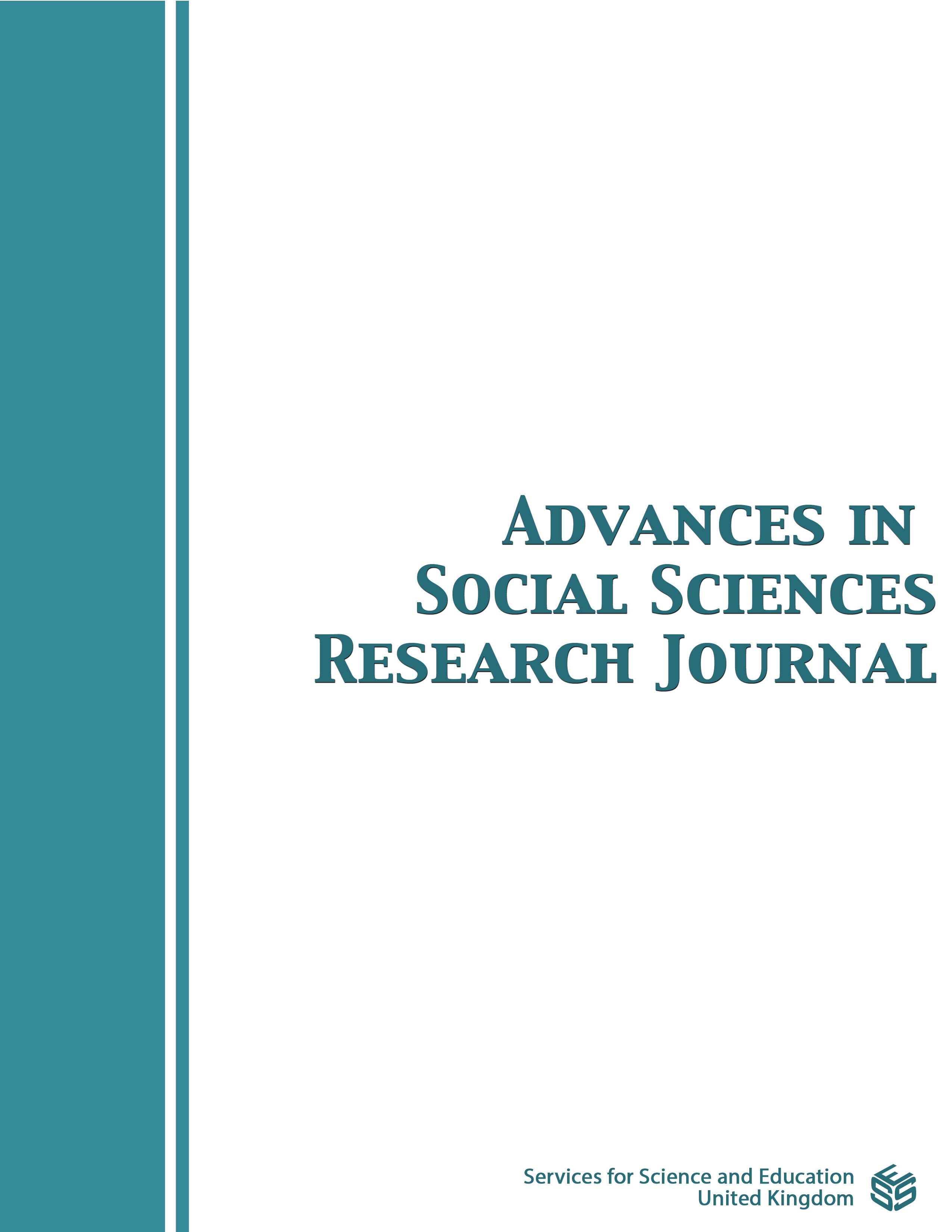Conformity and Aptitude As Predictors Of Science Related Career Choice Among Secondary School Students In Rivers State, Nigeria.
DOI:
https://doi.org/10.14738/assrj.88.10237Keywords:
Conformity, Aptitude, Science, Career ChoiceAbstract
The present study investigated conformity and aptitude as predictors of science related career choice among secondary school students in Rivers state. Correlation research design was used in the investigation. A sample of 675 SS2 students were drawn from a population of 13,204 SSII students across the 268 public secondary schools in the three senatorial zones in the state. Multiple stages of sampling procedures were used to draw this sample size. Three instruments namely “Adolescents Conformity Scale”, “Science Aptitude Test Question” as well as the Science Career ChoiceInventory were used for the study. Experts vetting was used in validating the instruments while the reliability was determined using Cronbach Alpha method with reliability indices of 0.71 for Adolescents Conformity Scale, 0.84 for Science Aptitude Test Question and 0.82 for Science Career Choice Inventory were obtained. Simple linear regression was used to analyze the data generated from the research instruments. Result of the study showed that conformity relates about 0.7% with science career choice and it (p=0.025<0.05) significantly predict science related career choice among secondary school students in Rivers State. Also aptitude relates about 1.1% with science career choice and(p=0.007<0.05) significantly predict science related career choice among secondary school students in Rivers State. It was concluded that conformity and aptitude are strong predictors of career choice in general and not just limited to science related ones.
Downloads
Published
How to Cite
Issue
Section
License
Copyright (c) 2021 Macdonald Ibubeleye Ekeke, Jonathan N. Onukwufor

This work is licensed under a Creative Commons Attribution 4.0 International License.
Authors wishing to include figures, tables, or text passages that have already been published elsewhere are required to obtain permission from the copyright owner(s) for both the print and online format and to include evidence that such permission has been granted when submitting their papers. Any material received without such evidence will be assumed to originate from the authors.






